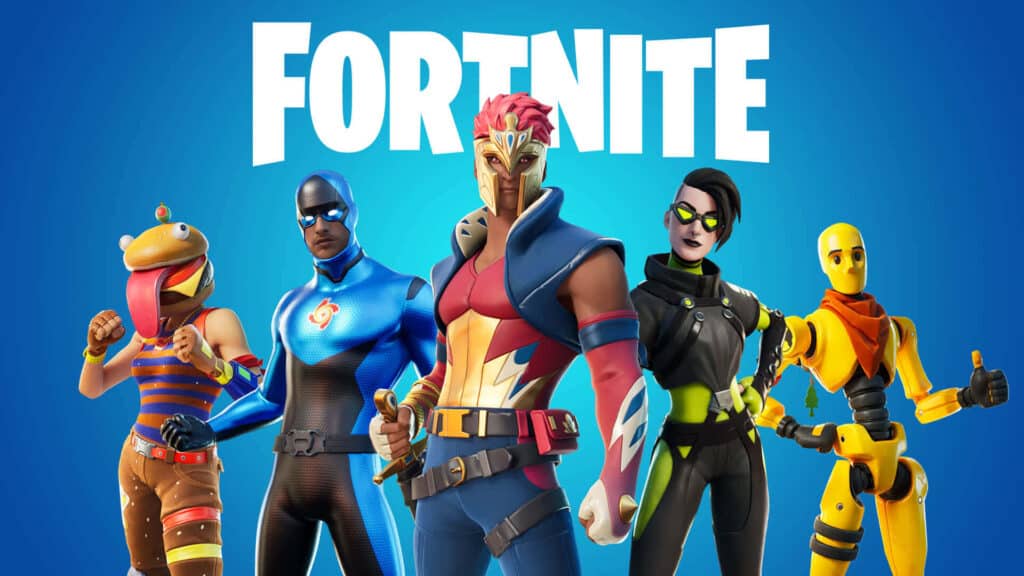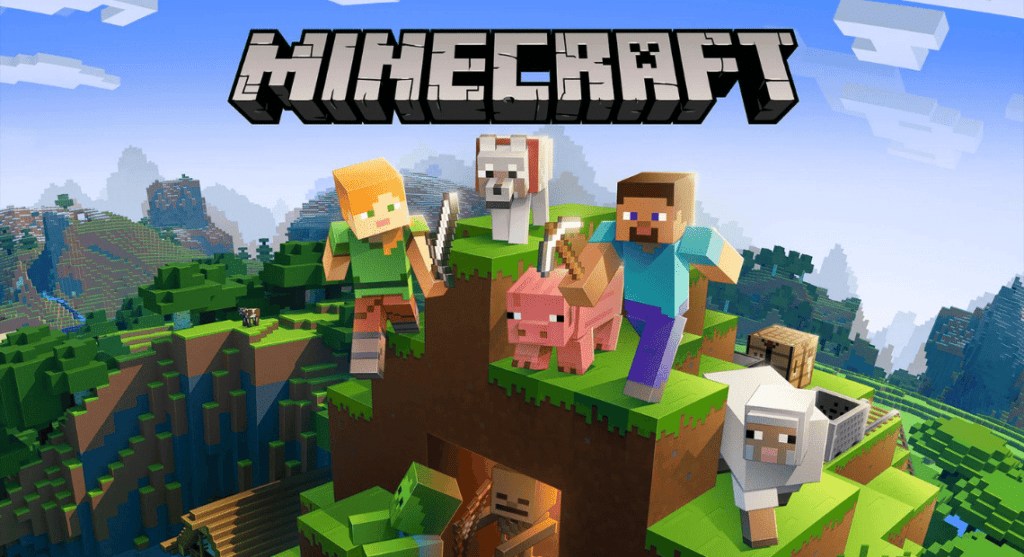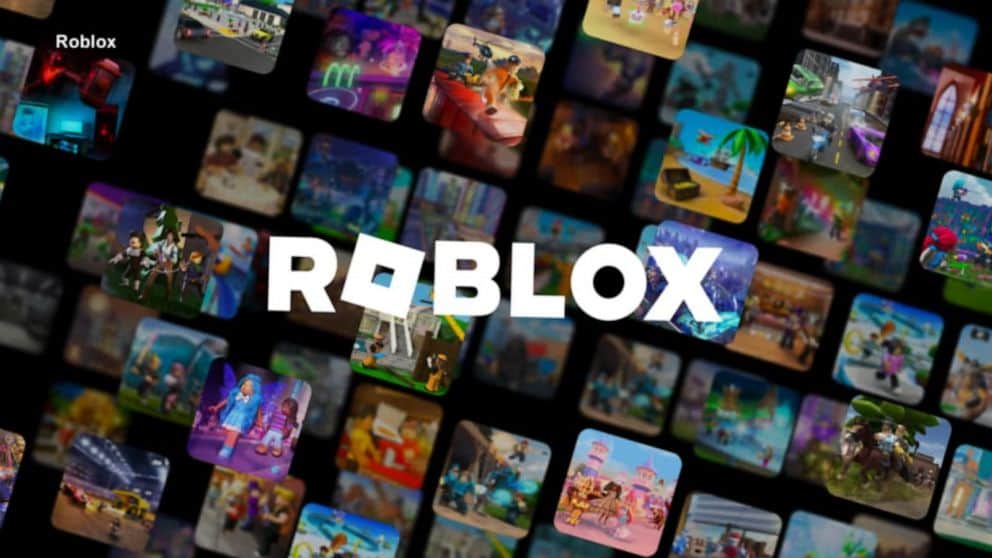Video games have evolved over the years, becoming a prominent form of entertainment that transcends age, gender, and culture. Among the vast array of games available, three titles have achieved legendary status in the gaming world: Fortnite, Minecraft, and ROBLOX. Each of these games has captured the hearts of millions of players worldwide, offering unique experiences and fostering thriving communities. In this article, we’ll delve into the allure of these three legendary video games and explore what makes them stand out from the rest.
Comparison Table
Game | Developer | Description | Check Price |
Fortnite | Epic Games | Fast-paced battle royale with building mechanics. Frequent updates and collaborations with popular franchises. | |
Minecraft | Mojang Studios | Sandbox open-world game with simple block-building mechanics. Explore, create, and survive. | |
ROBLOX | ROBLOX Corporation | Unique gaming platform for creating, sharing, and playing user-generated games. Foster a strong community. |
Fortnite, developed by Epic Games, took the gaming world by storm when it was released in 2017. This free-to-play battle royale game features an ever-shrinking map, forcing players into intense PvP combat until only one player or team remains. The game’s innovative building mechanics, which allow players to construct structures on-the-fly, adds an exciting dimension to the gameplay.
One of Fortnite’s biggest strengths is its cross-platform availability, allowing players on various devices to battle against each other seamlessly. The game’s vibrant graphics, frequent updates, and in-game events keep players engaged, ensuring a constantly evolving experience. Furthermore, collaborations with iconic franchises and pop culture crossovers have made Fortnite a social and cultural phenomenon, transcending the boundaries of gaming to become a cultural event.
Pro
Con
- Thrilling and fast-paced gameplay.
- Regular updates with new content, keeping the game fresh.
- Cross-platform play with friends, allowing seamless gaming experiences.
- Vibrant and visually appealing graphics.
- Heavy focus on microtransactions, potentially affecting gameplay balance.
- Steeper learning curve for beginners, making it challenging for new players.
- Highly competitive player base, requiring dedication to excel.
- Can be time-consuming, especially in longer matches.
Minecraft, developed by Mojang Studios, is an open-world sandbox game that has become a timeless classic since its release in 2011. In Minecraft, players explore a procedurally generated world, gathering resources, crafting items, and building structures with pixelated blocks. The game’s limitless creative potential appeals to players of all ages, making it a staple in both gaming and educational settings.
Minecraft’s simple yet captivating gameplay fosters creativity, problem-solving, and collaboration, making it a popular choice for educators looking to engage students in immersive learning experiences. Additionally, the game’s active modding community has contributed to its enduring popularity by continuously introducing new content and gameplay features. Minecraft’s pixel art style and nostalgic charm have transformed it into an iconic game, influencing the gaming industry as a whole.
Pro
Con
- Unleash creativity in Creative Mode, enabling players to build incredible structures.
- Immersive and relaxing gameplay suitable for players of all ages.
- Community-driven user-generated content, fostering a vast array of experiences.
- Endless exploration in procedurally generated world
- Graphics may seem simplistic to some players, lacking the realism of modern games.
- Lack of structured goals or storyline, which might make it feel aimless to some.
- Can be challenging for players who prefer more guided experiences.
ROBLOX
ROBLOX, developed by the company of the same name, is a unique platform that allows users to create, play, and share games built entirely within the ROBLOX ecosystem. Released in 2006, ROBLOX has grown into a thriving community of developers and players, offering an ever-expanding universe of user-generated content.
What sets ROBLOX apart is its focus on empowering players to become creators. The game’s intuitive creation tools enable users to craft their games, ranging from simple obstacle courses to complex multiplayer experiences. This user-generated content model has led to an incredible diversity of games, appealing to a broad audience with different tastes and preferences.
ROBLOX’s strong emphasis on social interaction and cooperation has fostered an environment where players collaborate, share experiences, and learn from one another. The platform’s unique blend of gaming and creation has created a community-driven ecosystem that continues to attract new players and creators, ensuring its place among the legendary video games of all time.
Pro
Con
- Extensive game creation tools empower players to design their games and experiences.
- Vast library of user-generated games across various genres.
- Social interaction in virtual hangouts, fostering a sense of community.
- Encourages creativity and collaboration among players.
- In-game graphics quality may be limited compared to other mainstream titles.
- Some user-generated games may lack polish and quality control.
- Users might come across inappropriate content due to the open creation system.
- The learning curve for game development may be steep for those new to game design.
Conclusion
Fortnite, Minecraft, and ROBLOX have each carved out a special place in the hearts of gamers worldwide. Fortnite’s intense Battle Royale gameplay and cultural impact, Minecraft’s boundless creativity and educational potential, and ROBLOX’s user-generated game universe and vibrant community all contribute to their legendary status. These games not only exemplify the transformative power of gaming but also showcase how video games can shape modern culture and foster connections among players across the globe. As they continue to evolve and adapt, these legendary titles will undoubtedly leave a lasting impact on the gaming industry for generations to come.
Until the next article to come Ciao!




